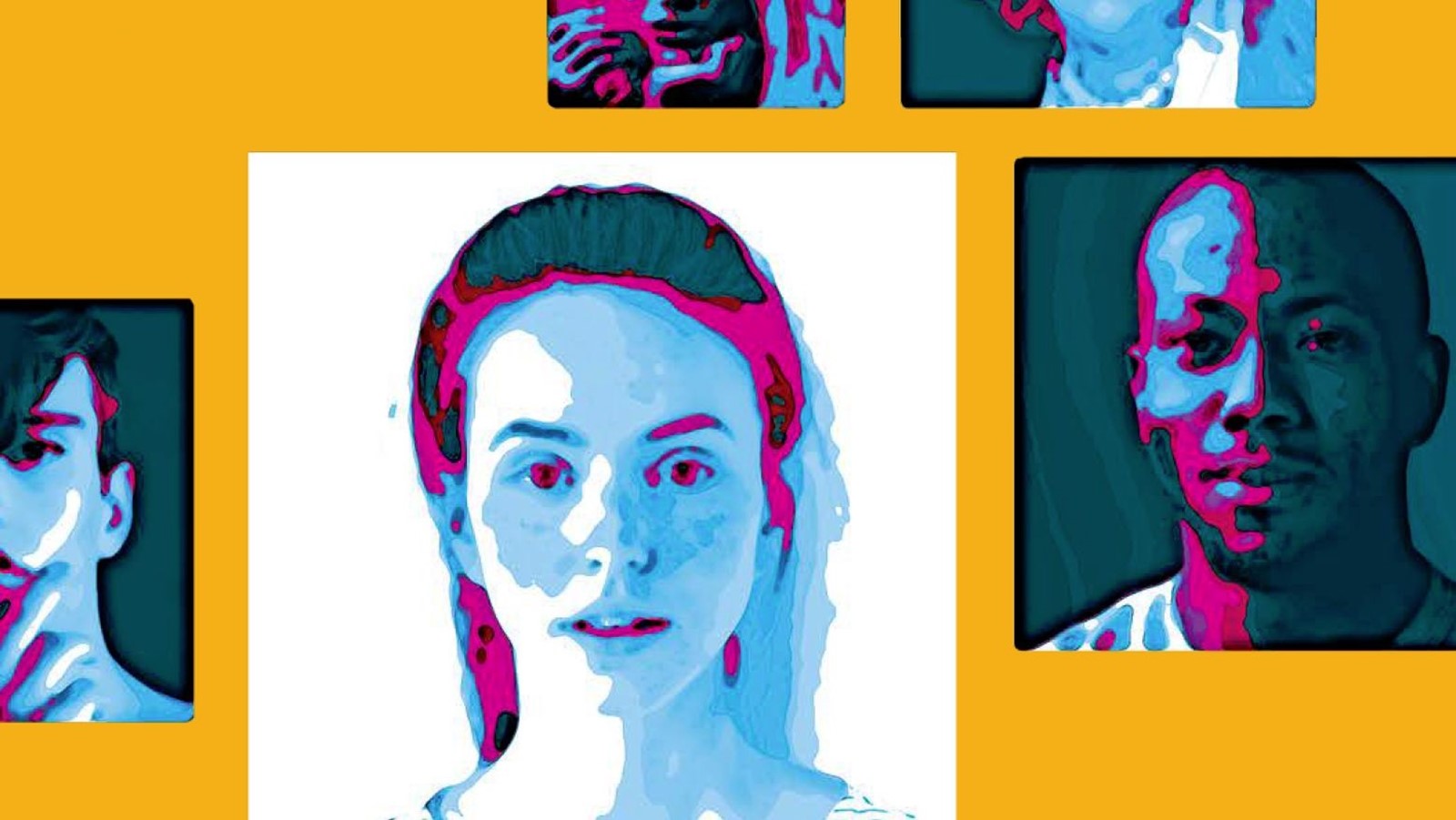‘You can’t choose your family!’ It’s a saying that has such ubiquity it’s become a truism. You say those words to pretty much anyone and they’ll know what you mean. It generally means they might drive you mad sometimes, but hey, they’re family. That we have to put up with them because, you know, we didn’t get to choose them. They were given to us as a complete and non-returnable package.
I guess for many it’s a statement that makes sense. Most people enjoy relatively ‘good’ relationships with their families. They have their quirks and their foibles, but on the whole, they’re an OK lot. There may be an odd outlying cousin, auntie or grandparent who doesn’t get much of a look in at Christmas, but most are welcomed into the fold: bad jokes, poor taste in jumpers and slightly odd political views notwithstanding.
Working as a relationship counsellor, attachment theory is a useful tool, so I spend a lot of time looking at the further reaches of the family, as well as asking my clients to revisit and review some of the closer relationships they had growing up. We learn to ‘do’ relationships while watching those around us do theirs. And sometimes they are good at it, and sometimes they are not. But, as with anybody immersed in a system, we don’t always know how or in what ways they are good, or not. We have nothing to compare them with. Getting the adult to rethink their childhood experiences can open up conversations about how relationships are done in the here and now.
This is especially true when working with LGBTQ+ clients, many of whom grew up in incredibly loving, warm, safe families. But in families that were loving, warm and safe while operating in their cis-heteronormative bubble, assuming their child was cisgender and/or heterosexual – following all the usual tropes about gendered behaviours and attitudes; discussing the future, opposite-sex partners of their children in a blissfully unaware manner, assuming this would be the path their offspring would take.
Sometimes parents are not ‘just’ heteronormative, they are actively trans/homophobic. They express negative views of sexual and gender diversity, not realising that every utterance is a blow to the identity of the child, just starting to learn about their place in the world (and in some cases doing this deliberately, in an attempt to control the sexual or gender identity of the child). This leaves the child in a confused state. They are loved and cherished and cared for, but they also know there is this forbidden element of themselves, an element that causes pain and confusion. So how do we LGBTQ+ folk, when we’re growing up, square the circle of the loving parents who might hate this elemental part of ourselves?
We hide. We deny our existence. We base our relationships on a fabricated version of ourselves. We know they love us, so we do what we feel we need to do to maintain our family relationships. After all, we can’t choose them, can we? But then, through fate, courage or stupidity, the truth is out. The family now has to adapt to learn to accept their offspring for who they are. Or, if they don’t adapt, the relationships break down. It is often a journey to acceptance and there are wonderful organisations like PFLAG (Parents, Friends and Family of Lesbians and Gays) and Mermaids, as well as counsellors working in this field, to help families as they deal with these situations.
For many LGBTQ+ people, that initial ‘coming out’ to family is followed by an immersion in ‘gay culture’ – whatever that may be. It may mean meeting like-minded people: fellow travellers on the outskirts of society, each finding their own way through the morass of normativity to establish an identity that feels authentic, rather than one that meets the needs of people around them. We start to form our own queer families. We do get to choose who is in these families, and we get to create them in our image, rather than being forced to present the image they want of us.
Like all families, these families experience problems. We fall out with people. We meet new people. The membership of the family changes as people grow and change within it. Time, distance, births, deaths, all of these things affect us, both within our birth (or adoptive/fostered) families and within our new, chosen families. So, when I’m working with LGBTQ+ clients, I find it helpful to explore families in all their formations. I try not to just assume that when I ask about their family history, I am only talking about the ones they had ‘no choice’ over. I try to include also the family they may have chosen to escort them, for better or worse, through life’s many and varied challenges and joys. I try and understand what this means to them. Do they recognise it as a family, and, if so, what does that bring? And how do these ‘families’ interrelate? Do they meet? Do they have shared values? If not, how does the client manage the complexity of having different personas in different family situations? If they don’t see themselves as having a queer family, of course that’s OK too.
Talking about family relationships can have very different meanings for LGBTQ+ clients. As counsellors, we need to be alert to these differences, and be ready to explore the various meanings with our clients, so as not to exclude their experiences. To ignore their queer family is to ignore their identity. And that’s already happened enough.
Alex Sanderson-Shortt MA, BACP (Accred) is an integrative relationship therapist in private practice, a clinical associate of Pink Therapy and a member of Gendered Intelligence’s network of therapists. He teaches relationship therapy for Relate and delivers seminars and CPD days on sexual diversity. kascounsellingservices.org
